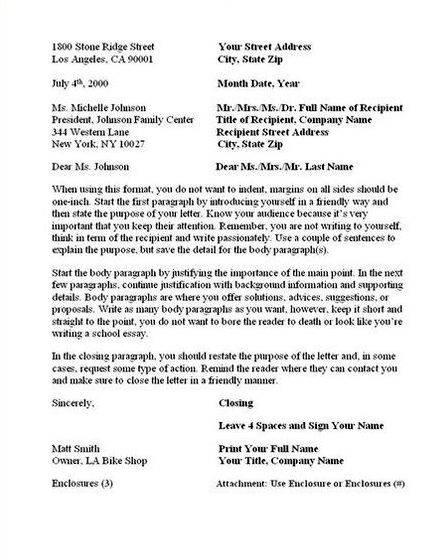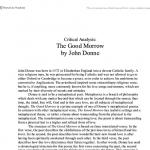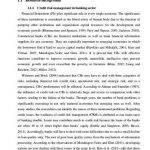Hugh Everett’s relative state interpretation of quantum mechanics, more commonly known as the many-worlds interpretation, has for more than fifty years upset physicists and philosophers alike. His proposal that all possible outcomes of a quantum mechanical measurement are equally realized and that our commonsense conviction of a single stable reality is merely an appearance (that can be explained from the working of our memories as recording devices) has again and again been condemned as patently absurd. However, it has not gone away, and the more we have learned about the transition from the quantum world of microphysics to the classical realm of macroscopic phenomena, the less plausible have become the other contenders for understanding quantum physics. More and more people now believe that Everett’s interpretation may be the last one left standing after the quantum revolution is completed.
Nevertheless, Hugh Everett himself, who left academia for a career in the Cold War military-industrial complex and died early in 1982, has remained a rather mysterious figure, in both his ideas and his life. Everett’s life has been elucidated thanks to a biography by the journalist Peter Byrne (The Many Worlds of Hugh Everett III [Oxford, 2010]). Byrne, a coeditor of this volume of Everett’s works, had discovered a rich trove of papers in the possession of Everett’s son Mark (scans of these papers can be found online at ucispace.lib.uci.edu).
In the present edition, Byrne and his coeditor, Jeffrey Barrett, present and annotate unpublished notes from this collection, together with the published versions of Everett’s dissertation and additional material. The volume contains, after concise biographical and conceptual introductions, the two previously known versions of Everett’s dissertation together with several unpublished drafts. This is followed by additional unpublished material: Everett’s correspondence about his interpretation, transcripts of a discussion with Everett at a workshop at Xavier University in 1959 and of a conversation between Everett and Charles Misner about their student days, and some notes that Everett made on publications concerning his interpretation. The edition probably contains everything we will ever hear from Everett himself about his views on quantum mechanics. For this reason alone, it will be of lasting value for anybody interested in the ideas of Everett and in the interpretations of quantum mechanics.
Given this importance, it is somewhat regrettable that the editors have not attempted in the introduction and commentary to do more justice to the extensive discussion of Everett’s interpretation in recent years—an increasing interest that the rather slim bibliography already indicates. In particular, the important contributions of physicists such as Dieter Zeh, Robert Geroch, David Deutsch, Lev Vaidman, Max Tegmark, and many others are neglected, so that the reader is left with the impression that Everett’s ideas have been discussed only by a few philosophers.

Even more remarkable is that the extensive historical and philosophical analysis by Stefano Osnaghi, Fábio Freitas, and Olival Freire, Jr. (“The Origin of the Everettian Heresy,” Studies in History and Philosophy of Modern Physics. 2009, 40 :97–123), which covers a lot of the material presented here and offers additional context, is not mentioned.
The editors also would have done well to pay more attention to the time-honed practices of critical editions. One example is the incomplete and unclear presentation of text variants in the original (“long”) dissertation circulated by John Archibald Wheeler in 1956 but only published by Bryce DeWitt in 1971 in a form slightly edited by Everett. The fact that Everett moved an important note about the uniqueness of the measure on the “branches” of the wave function into the main text for the 1971 publication can be seen only from the reproduction of the edits in the appendix. In the reproduced text itself this is not mentioned, and the reader is additionally confused by another variant of the text that is mentioned but is incomprehensible if one does not know about the first edit (footnote bq on p. 126). Another problem is that the correspondence is grouped into chapters nonchronologically. At times this is rather confusing, such as in Chapters 11 and 12, where two letters that Wheeler wrote to Everett on two consecutive days (and that are thematically closely connected) are separated into two chapters. The reader also misses references to the location of the archival material published.
Despite these problems in the presentation, The Everett Interpretation of Quantum Mechanics is eminently readable and presents—surprisingly, for an edition of collected works—a good introduction to Everett’s thinking: the inclusion of the correspondence, transcripts, and notes helps to make the central points of Everett’s dissertation comprehensible. The thorough annotation, with many cross-references, highlights the important topics and keeps the reader oriented in the various strands of Everett’s argument. Everett’s work, which has been almost buried under the discord of its many readings and interpretations, can shine again in its crystalline clarity and modernity.
2015 by The History of Science Society. All rights reserved.
Christoph Lehner. “Hugh Everett; Jeffrey A. Barrett; Peter Byrne, eds. The Everett Interpretation of Quantum Mechanics: Collected Works, 1955–1980, with Commentary. ,” Isis 106, no. 1 (March 2015): 220-221.






 Dissertation proposal presentation tips from steve
Dissertation proposal presentation tips from steve Creative writing phd dissertation topics
Creative writing phd dissertation topics Je est un autre dissertation proposal
Je est un autre dissertation proposal Critical analysis dissertation writing guide
Critical analysis dissertation writing guide Credit risk management in banks dissertation proposal
Credit risk management in banks dissertation proposal






